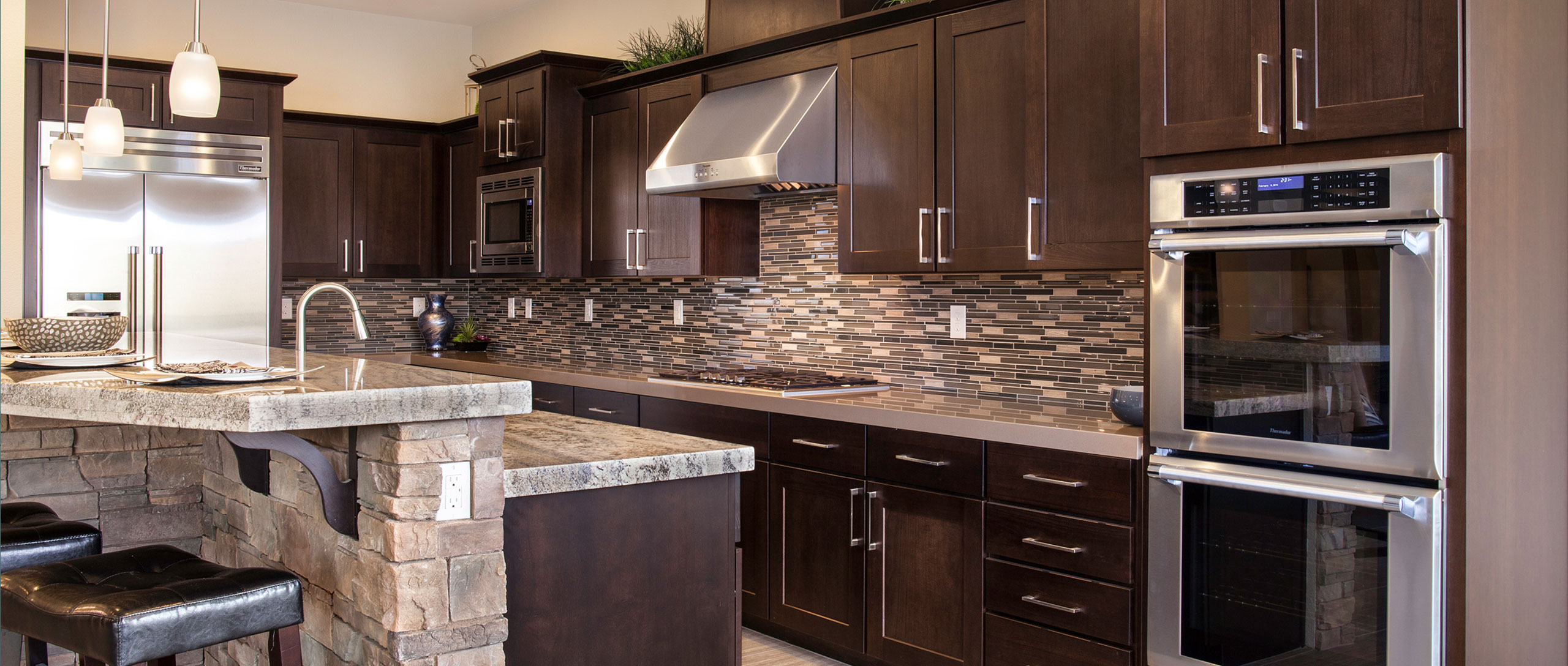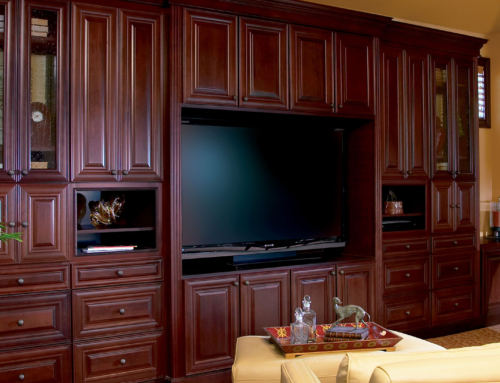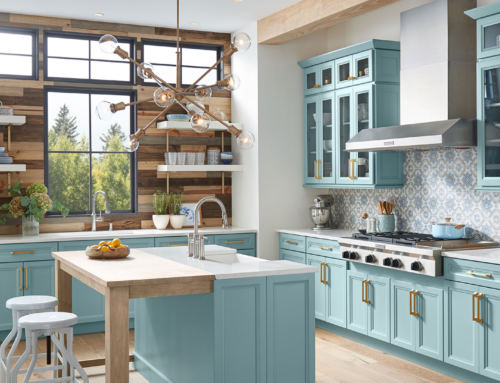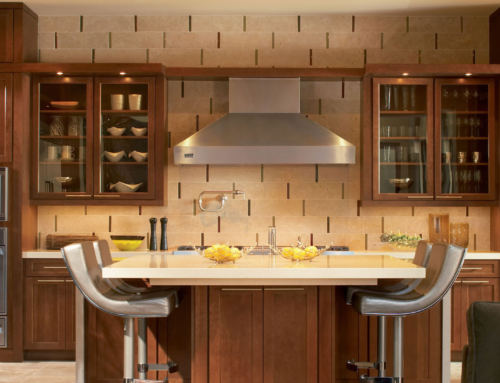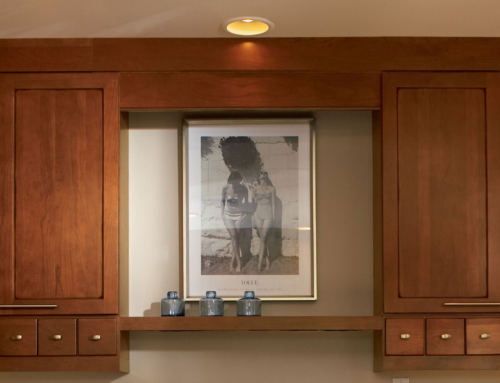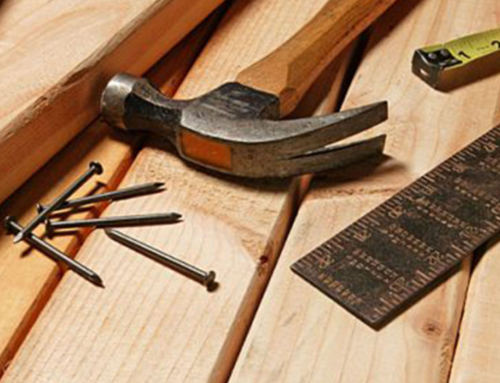Measuring Your Kitchen
Proper and accurate measuring is a must. You should be measuring your kitchen before planning which cabinets and accessories will be needed and where to place your appliances.
Kitchen designers will use ½” scale, which means ½” on your ruler represents 12 inches or 1 foot of actual floor space. Besides grid paper, you will need a tape measure, a one-foot ruler, and a pencil to begin your rough draft.
Measuring Your Kitchen Space
- Step 1: Begin at the left of any corner in the room and measure to the right corner, noting the total measurement in inches.
- Step 2: Return to the left corner and measure to the outer edge of the molding of a door/window opening.
- Step 3: Measure the doors and windows from the outer edge of molding to the other outer edge of the molding. Notate which way doors swing open.
- Step 4: Continue measuring all doors and windows this same way along the wall to the right corner.
- Step 5: Double-check by adding up all the measurements from Step 2 to Step 4. These should total the overall wall measurement for Step 1. If they do not equal, you must remeasure before proceeding.
- Step 6: Return to the left corner and measure to the center of any water lines, water drains, gas lines, electrical outlets or electrical switches. You will need to pull appliances away from the wall if in the way.
- Step 7: Note the measurements from the center of each outlet/switch to the floor. Continue measuring all of the items listed on Step 6 until you reach the right corner.
- Step 8: Once again, double-check that these measurements total the same overall measurement in Step 1. If they re not equal, you must remeasure before proceeding.
- Step 9: Note the overall height of each door, including molding.
- Step 10: Note the measurement from the bottom of the windowsill to the floor below each window.
- Step 11: Meanwhile, note the measurement from the bottom of the windowsill to the top of the molding of each window.
- Step 12: Note the measurement from the top of each window to the ceiling.
- Step 13: Measure the overall floor to ceiling height, accounting for soffits and beams.
- Step 14: Double-check that the measurements in Steps 10 through 12 equal Step 13. If they do not, remeasure.
- Step 15: Repeat Steps 1 through 14 for each wall of the room.
- Step 16: Measure all existing appliances that will be reused in your new kitchen. If new appliances will be used, it is best to get the manufacturer’s specifications before designing your new kitchen.
- Step 17: As an added measure of caution, we recommend that you measure the inside width of all entry doors and doorways to check that existing cabinets and appliances can be removed. You need to ensure that all new cabinets, appliances and countertops can be brought in without onsite modifications.

